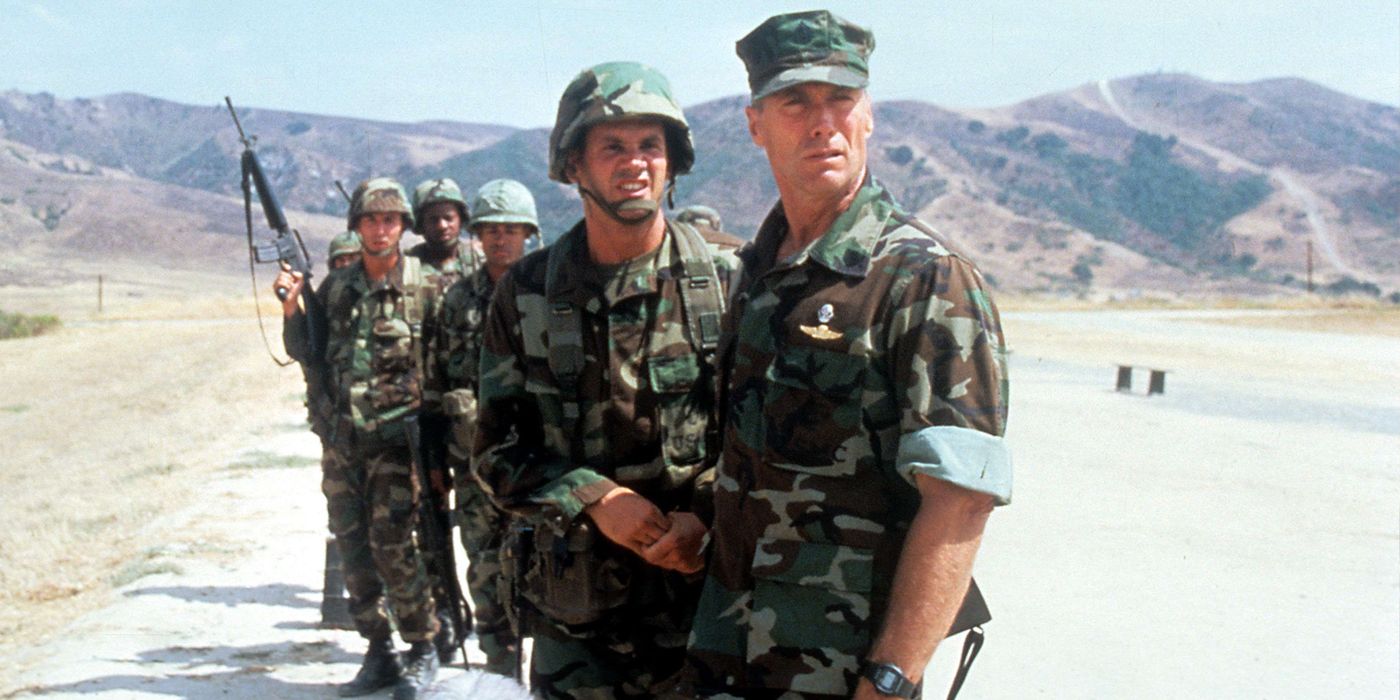
Although not his most well-known movie, “Heartbreak Ridge” appears to be the kind of military drama that would resonate with his fans. Released in 1986, this film was based on the events preceding the Invasion of Grenada in 1983. In this film, Clint Eastwood portrayed Gunnery Sergeant Thomas “Tom” Highway (also known as Gunny). This bitter Korean War veteran was tasked with shaping a group of promising but rebellious Marine recruits for the upcoming invasion. Interestingly, it was these recruits who ended up teaching Gunny a few valuable lessons.
Despite appearing to be a typical Clint Eastwood movie that would appeal to older cinema-goers, the opposite was actually the case with “Heartbreak Ridge” in 1986. The film stirred up controversy following negative reactions from soldiers and veterans who participated in the Invasion of Grenada. Setting aside this contentious issue, the film still managed to grate on some critics’ and viewers’ nerves due to its themes. In fact, “Heartbreak Ridge” was an unusually divisive Eastwood production compared to expectations.
Heartbreak Ridge’s Depiction of the Marines Angered Real-Life Soldiers & Veterans
The Film Sensationalized What Life Was Like in the Military
In my opinion, what stood out the most about “Heartbreak Ridge” was its exaggerated portrayal of life within the Marine Corps. Throughout the movie, the character of Gunny, along with his platoon and other officers, displayed behavior that was far from professional and disciplined. For instance, Gunny was a heavy drinker and had a penchant for profanity, often abusing his authority. He resorted to questionable tactics in training, such as firing live ammunition during exercises or physically punishing trainees to shape them up. Moreover, he openly defied his superiors, disregarding their rank. The film seemed to endorse Gunny’s actions by focusing on the results and portraying anyone younger than him as arrogant youngsters in need of stern discipline.
It’s true that some officers misuse their authority and soldiers can sometimes behave irresponsibly. Clint Eastwood himself acknowledged that his film, “Heartbreak Ridge,” made dramatic changes to intensify the tension between Gunny and his troops, reflecting a common practice in military films. However, it should be mentioned that “Heartbreak Ridge” wasn’t alone in exaggerating military life for entertainment purposes. This was quite typical of the genre. Despite this tradition, both the U.S. Army and actual veterans took issue with the portrayal of the Marines and the armed forces in general in “Heartbreak Ridge.” They felt particularly uncomfortable with Gunny, who they saw as an outdated representation of a macho stereotype.
Although it had numerous flaws compared to its World War II days, the U.S. Army in the 1980s underwent significant transformations. Harsh disciplinary actions were imposed against arrogant and outdated bullies such as the character Gunny. Clint Eastwood faced challenges getting approval from the army to portray Gunny and direct the film according to his vision. He eventually received permission from the United States Marine Corps, despite some initial reservations. Things began to look promising shortly after, as Eastwood’s performance as Gunny was highly praised by the 11 Marines who served as the film’s test audience. This focus group not only appreciated the film’s accuracy but also enjoyed Clint Eastwood’s portrayal of Gunny.
Initially, when I caught a glimpse of “Heartbreak Ridge,” my heart sunk as the Marine Corps swiftly withdrew their support due to the perceived offense it caused them. Even the Department of Defense chose to stay at arm’s length from this film. The main issues revolved around its narrow portrayal that seemingly overlooked other branches, limited female representation in the military, and an overly comedic approach. Remarkably, there were minimal concerns raised regarding the movie’s fictionalized retelling of actual military operations in Grenada. Admittedly, I found their dismissal and rejection “unfortunate.
Heartbreak Ridge’s Depiction of the Invasion of Grenada Caused Controversy
The Film Barely Even Acknowledged Its Historical Basis
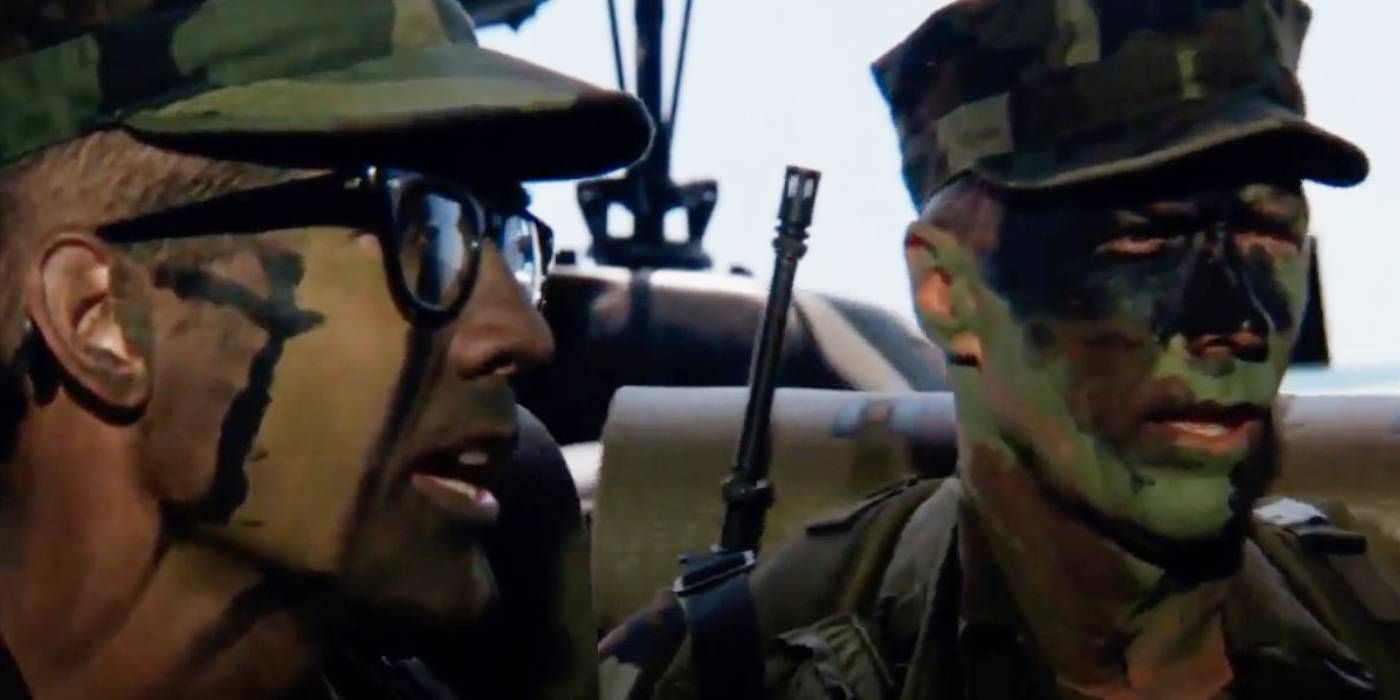
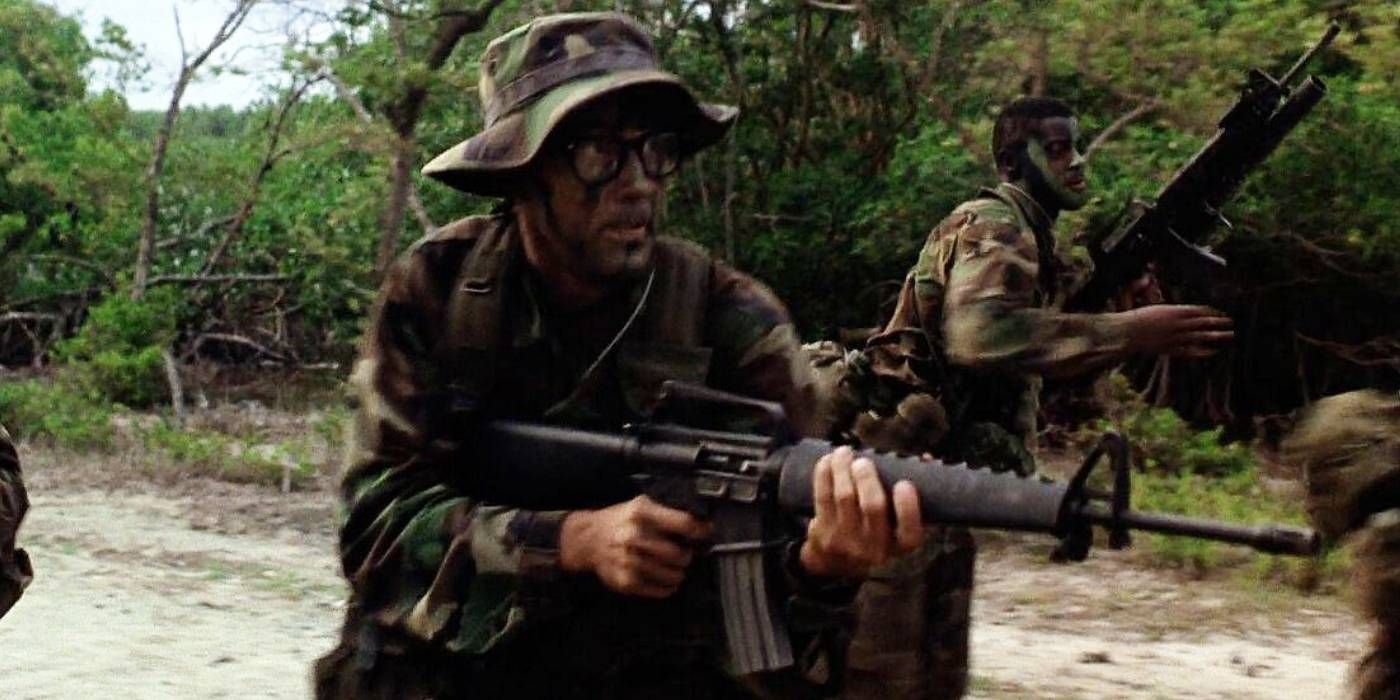

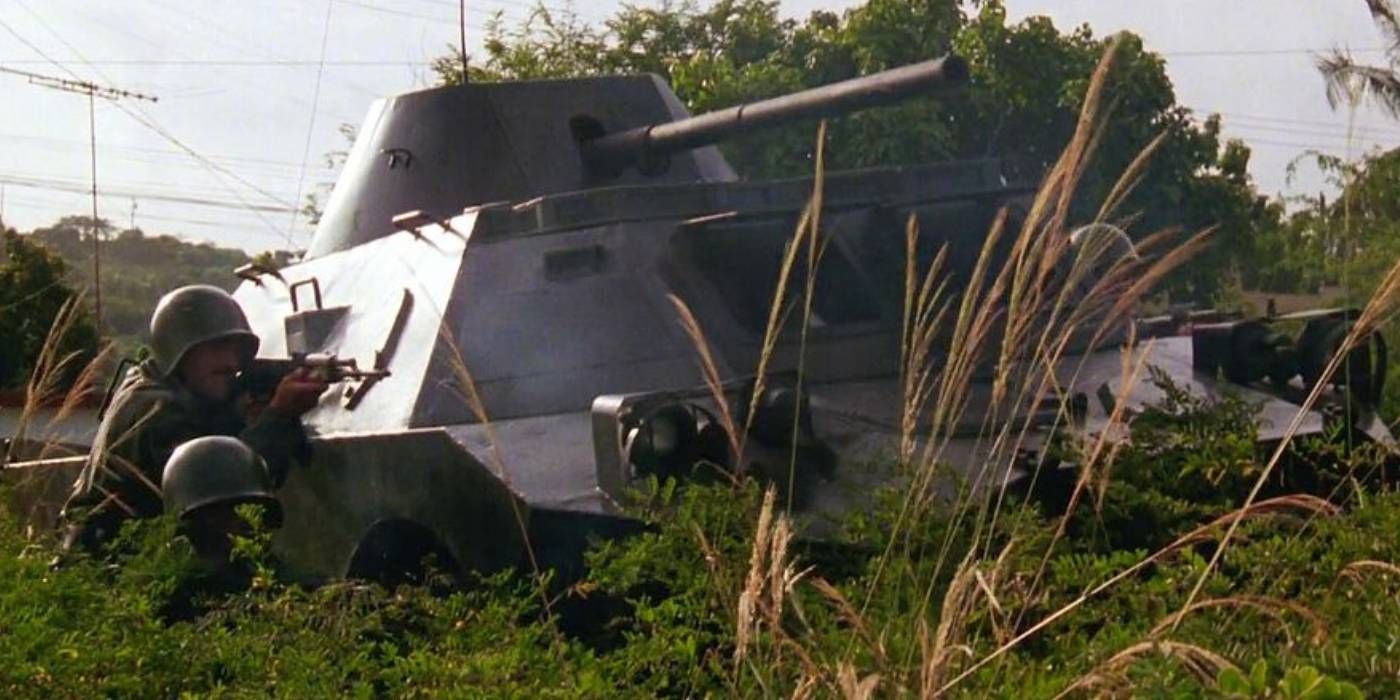
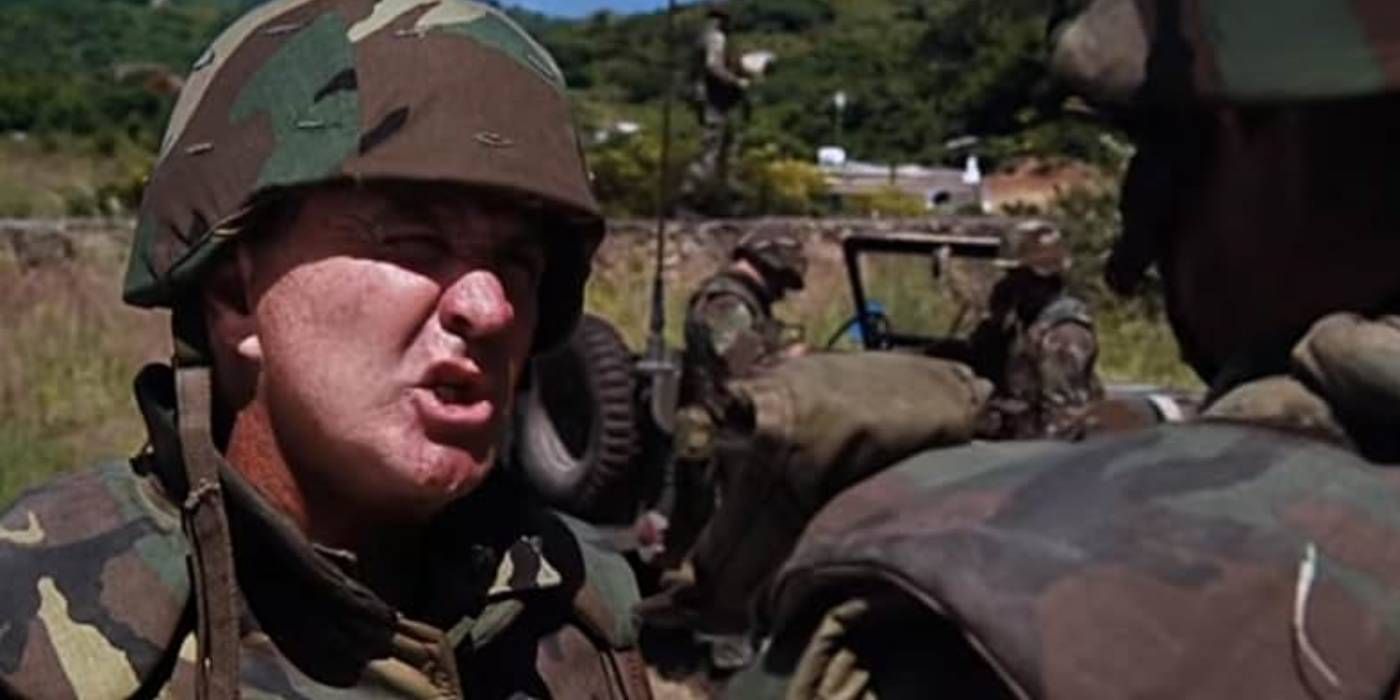
The debate surrounding the portrayal of army life in “Heartbreak Ridge” was equally intense as its representation of the events in Grenada, often referred to as the film’s sanitized account of the Invasion of Grenada during the Cold War era. To put it simply, a person not versed in this specific historical context might find it hard to discern that the movie was inspired by real-life occurrences due to its minimal acknowledgement and distortion of reality from the outset. In the film, Gunny and his troops are depicted as rescuing American hostages from Cuban soldiers and later defending their position until reinforcements arrived. However, in actuality, U.S. soldiers invaded Grenada with the intention of oustering the country’s military regime, which had seized power just a short time before.
In my perspective, when I watched “Heartbreak Ridge” shortly after the real-life invasion of Grenada, it seemed that the complex political aspects and the underlying reasons behind America’s military action were overlooked or not hinted at in the film. The timing of its release, just three years post-invasion, made the event still vividly present in people’s minds. It was clear that the film’s portrayal of recent events wasn’t merely a coincidence or accident.
The most plausible defense for “Heartbreak Ridge” lies in its unique perspective – it was narrated solely from the Marines’ viewpoint. For Gunny and his troops, their mission was straightforward: rescue the hostages and return them safely home. The subsequent geopolitical fallout was someone else’s concern.
During his conversation with the media outlet, Eastwood justifiably explained his choice to streamline the truth by directly referring to pragmatic considerations.
Clint Eastwood: A large number of individuals were present… We’re depicting a group of twelve, a tiny reconnaissance unit. Why should I waste another $5 million dollars by portraying an army’s invasion? It’s illogical and absurd.
It’s not shocking that the film “Heartbreak Ridge” faced some of its harshest critiques due to its creator’s unwillingness to acknowledge the Invasion of Grenada. Back then and even today, it was rightfully criticized as a clear example of imperialist propaganda and historical revisionism. However, you might be surprised to learn that the film’s inaccuracies were not its most significant issue. Historically inaccurate war films aren’t rare, despite being contentious. What made “Heartbreak Ridge” problematic was its jingoistic nature, serving as a fantasy of wish-fulfillment, and its glorification of outdated forms of masculinity.
Heartbreak Ridge Was an Unremarkable War Film That Boasted a Great Clint Eastwood Performance
The Film Felt Dated Even in 1986
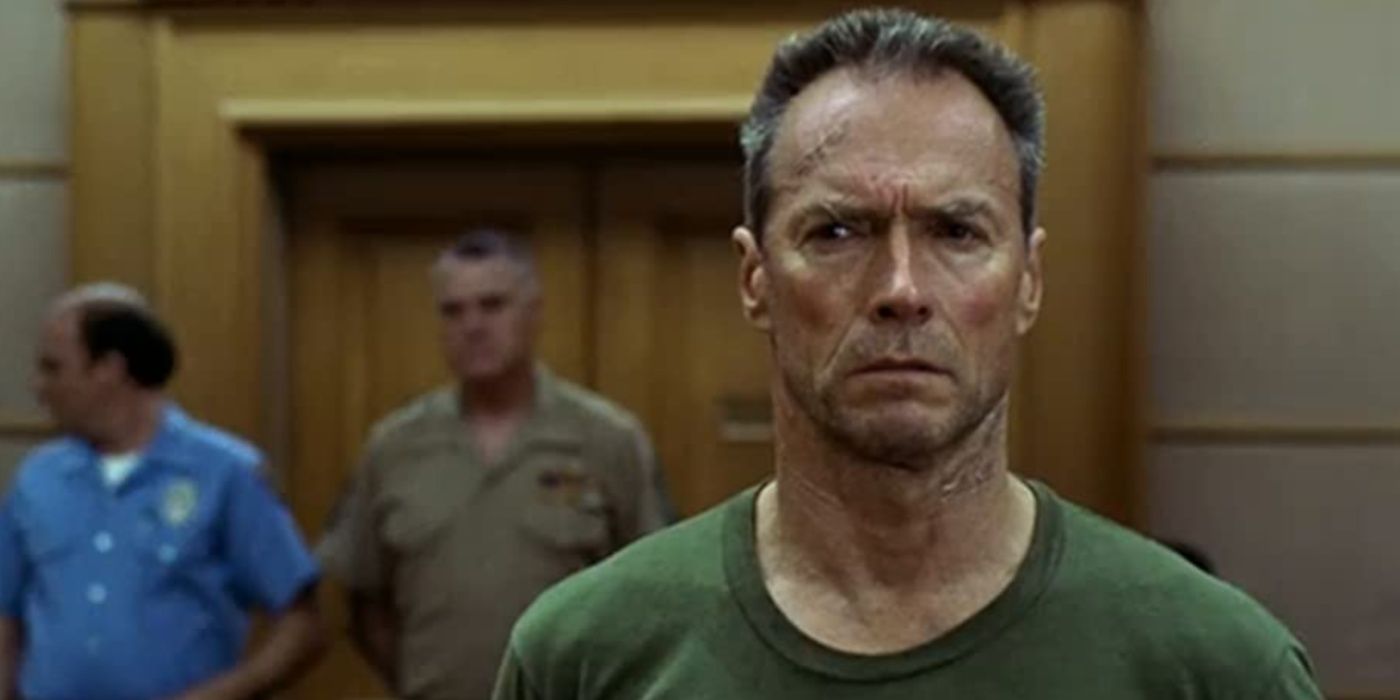
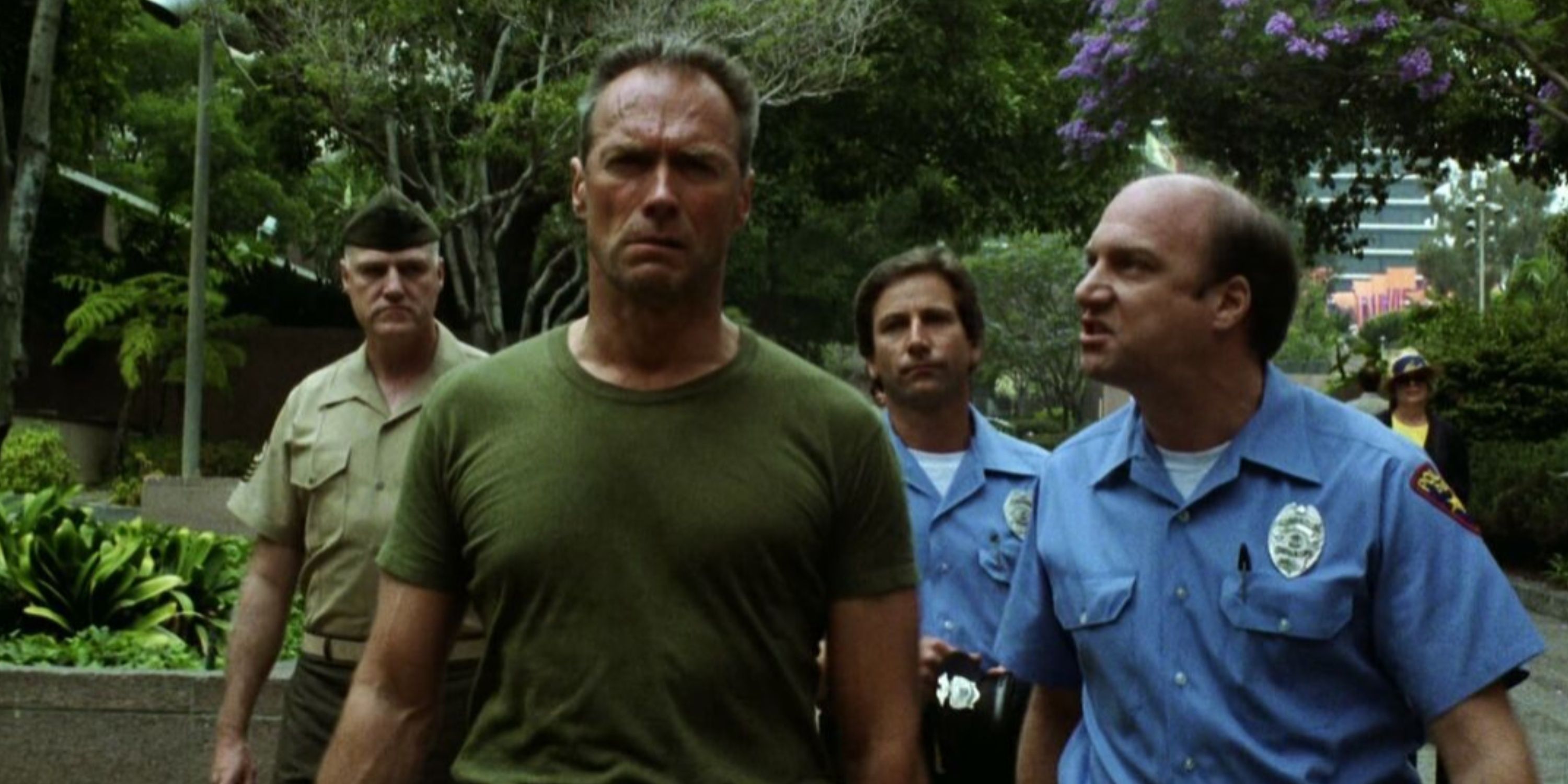
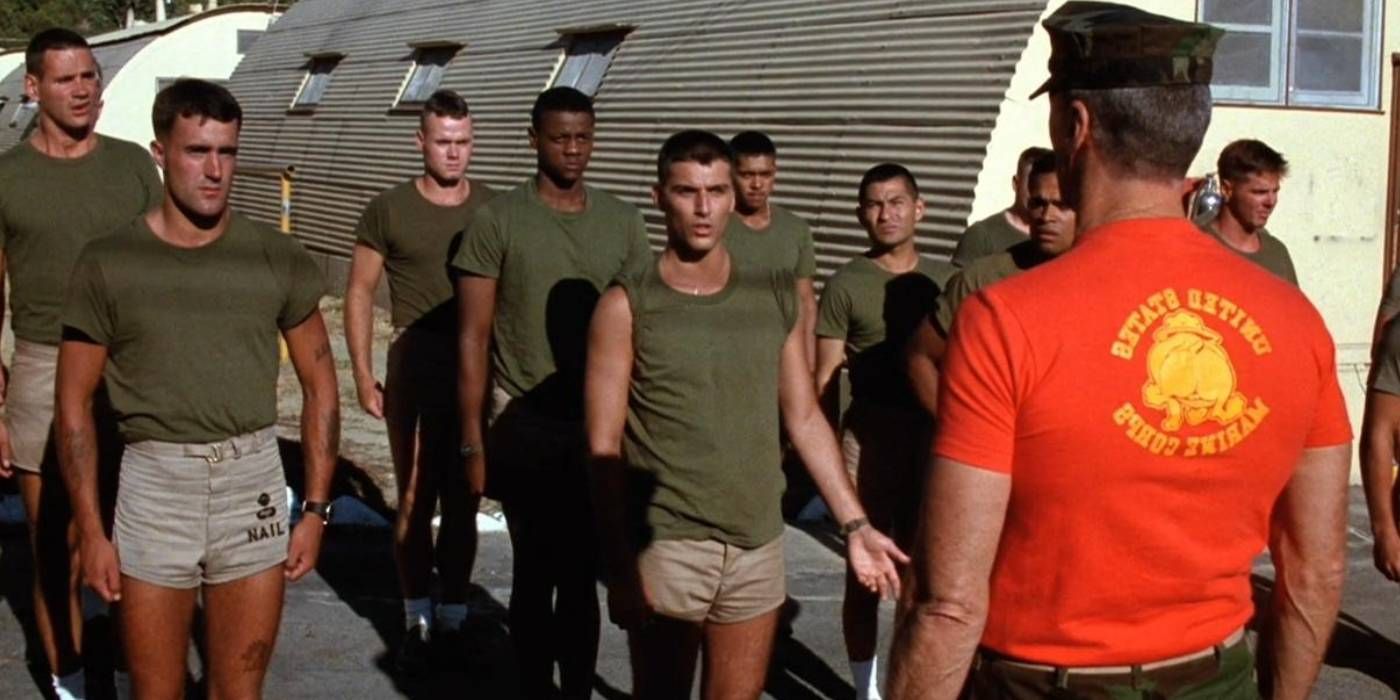
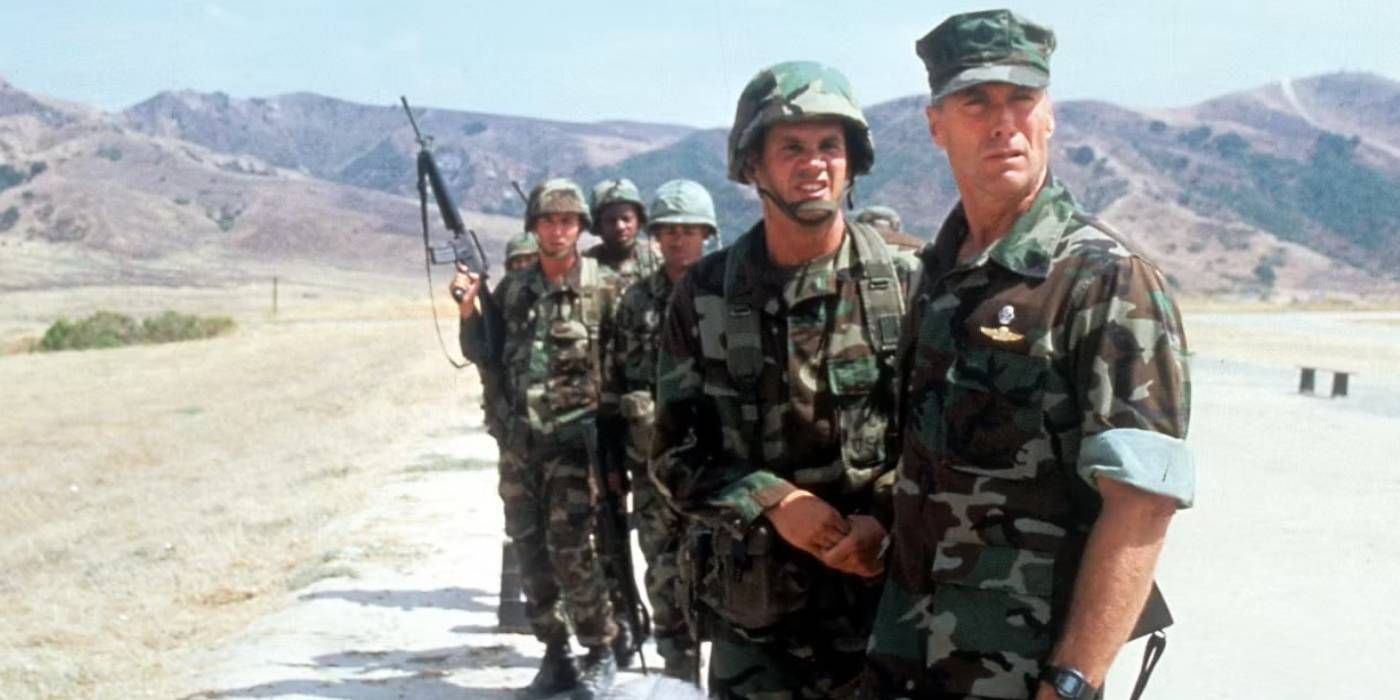
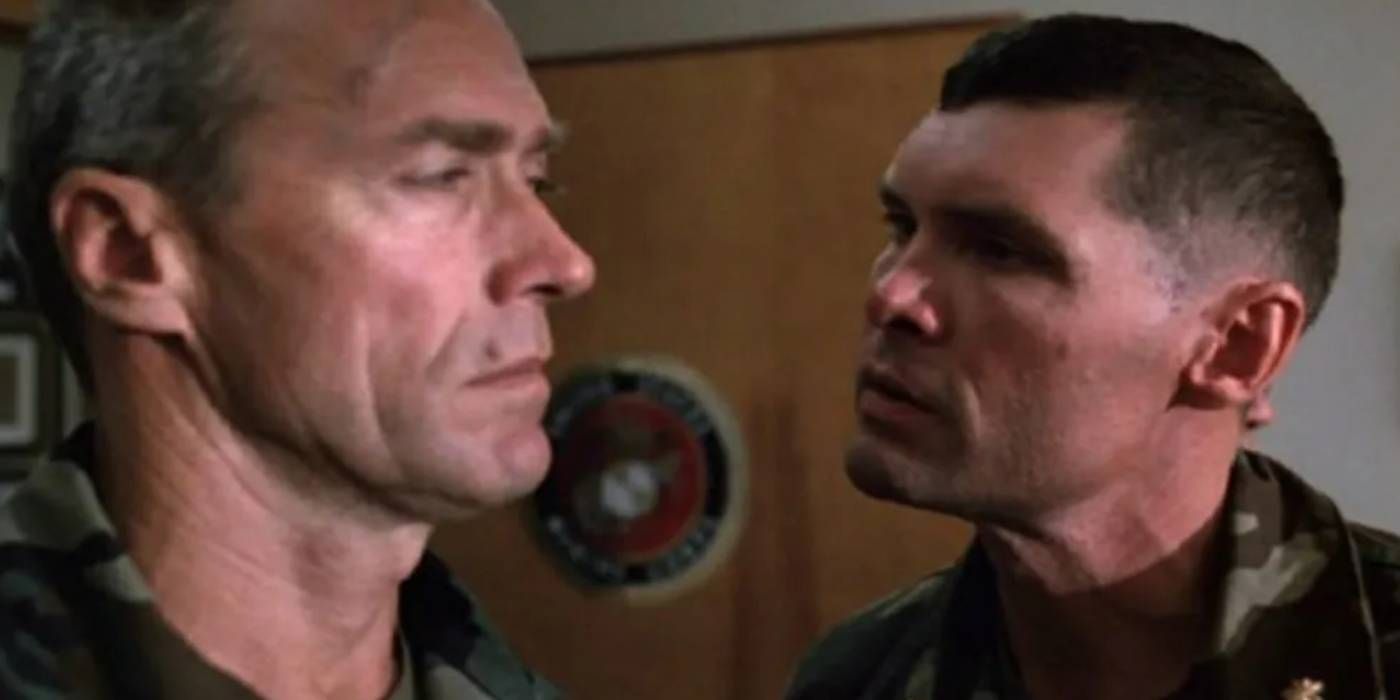
Essentially, the movie “Heartbreak Ridge” was largely a repetitive tale of moral preaching and paternalistic authoritarianism disguised as a power fantasy. It showcased an elderly protagonist harboring intense animosity towards the younger generation, using force to instill his beliefs of right and wrong upon them. What made it more problematic was that this bitter old man was presented as morally infallible in the film. To give credit where it’s due, “Heartbreak Ridge” was not alone in this regard; many military films from the ’80s indulged in similar transparency and self-importance.
During the 1980s, many war films portrayed America’s involvement in the Vietnam War as a power fantasy where the U.S. army ultimately triumphed over adversity. In these films, a rugged, quintessentially American leader from a nostalgic past was often depicted as the one who could turn an unruly group of soldiers (symbolizing the youth of the ’60s) into disciplined fighters. The invasion of Grenada in these movies served to symbolize a rite of passage that transformed boys into men. This theme was particularly evident in films like “Heartbreak Ridge,” which, while more dramatic and self-serving, was similar to other action-packed movies such as “Missing in Action.
It’s important to note that I’m not implying “Heartbreak Ridge” was poor; in fact, it’s acknowledged as one of Eastwood’s less impressive works. Despite the shallow nature of the content, Eastwood skillfully revisited his typical roles, portraying a deep-voiced, stern character. However, he didn’t falter in his performance. The film was well-executed and acted, with every supporting actor delivering an exceptional performance. The production values were solid throughout. It speaks volumes about Eastwood’s abilities that even a film as contentious and problematic as this one barely left a mark on his illustrious career.
Heartbreak Ridge is now available to watch and own physically and digitally.
Read More
- Who Is Harley Wallace? The Heartbreaking Truth Behind Bring Her Back’s Dedication
- 50 Ankle Break & Score Sound ID Codes for Basketball Zero
- Basketball Zero Boombox & Music ID Codes – Roblox
- 50 Goal Sound ID Codes for Blue Lock Rivals
- 100 Most-Watched TV Series of 2024-25 Across Streaming, Broadcast and Cable: ‘Squid Game’ Leads This Season’s Rankers
- League of Legends MSI 2025: Full schedule, qualified teams & more
- All Songs in Superman’s Soundtrack Listed
- Summer Games Done Quick 2025: How To Watch SGDQ And Schedule
- The best Easter eggs in Jurassic World Rebirth, including callbacks to Jurassic Park
- TikToker goes viral with world’s “most expensive” 24k gold Labubu
2025-05-17 23:23